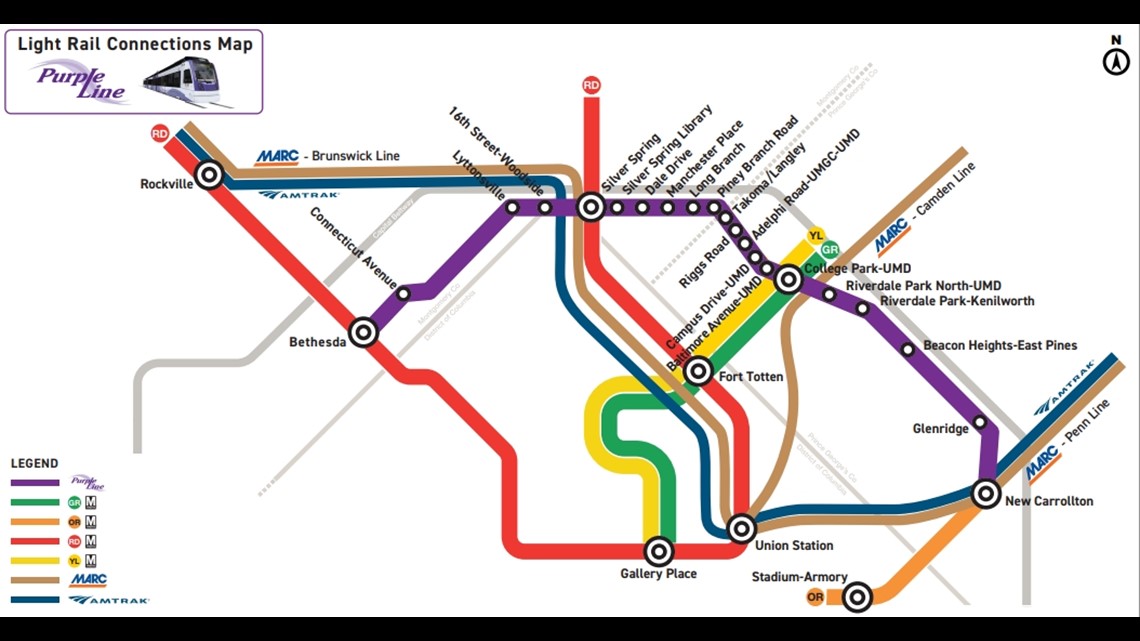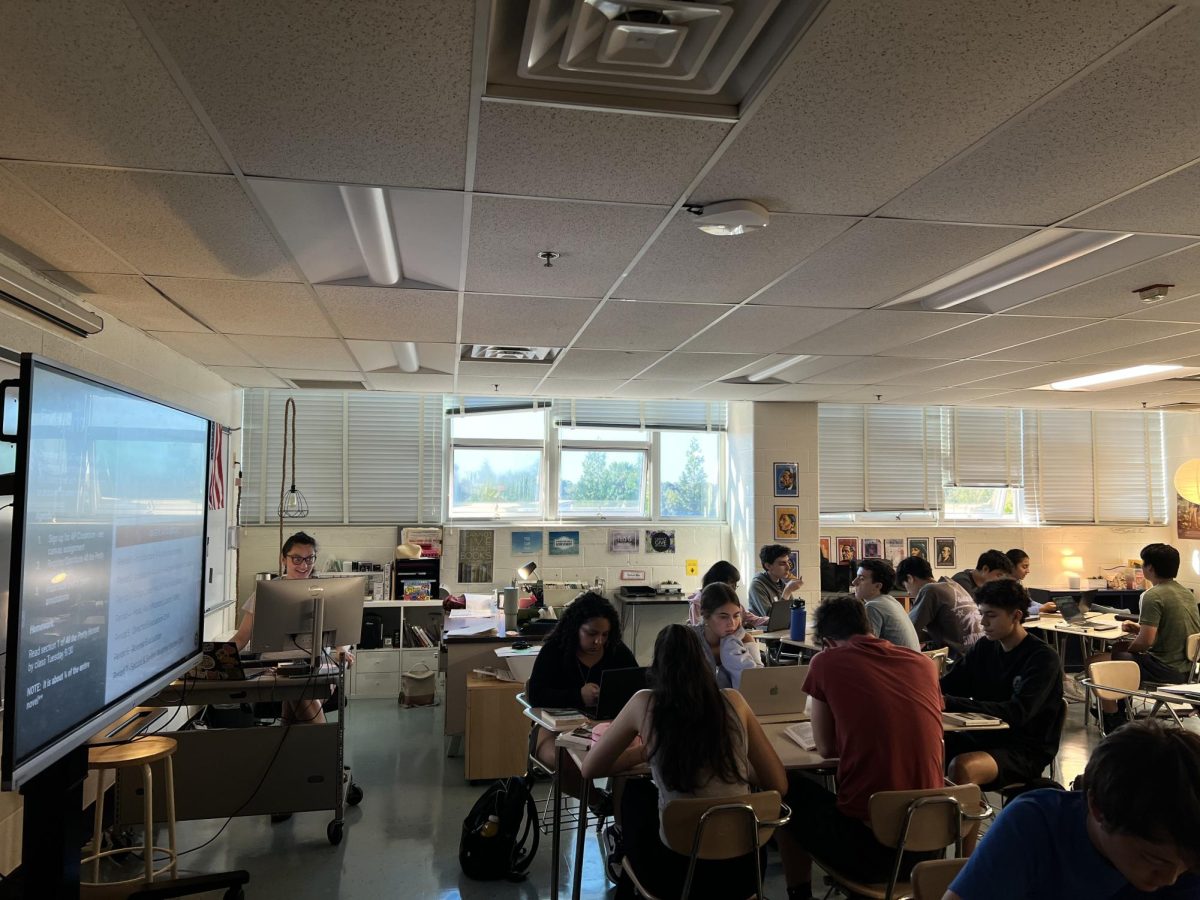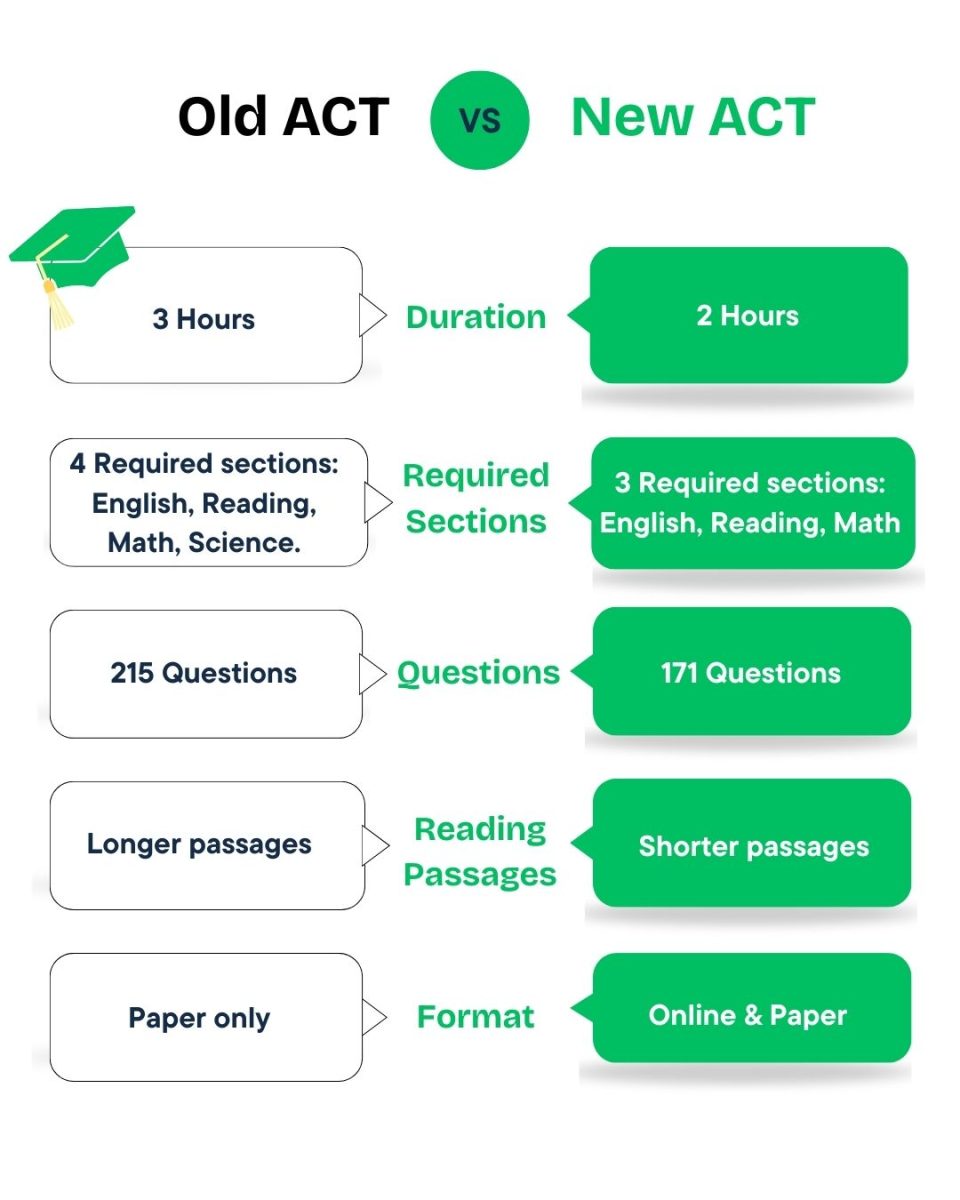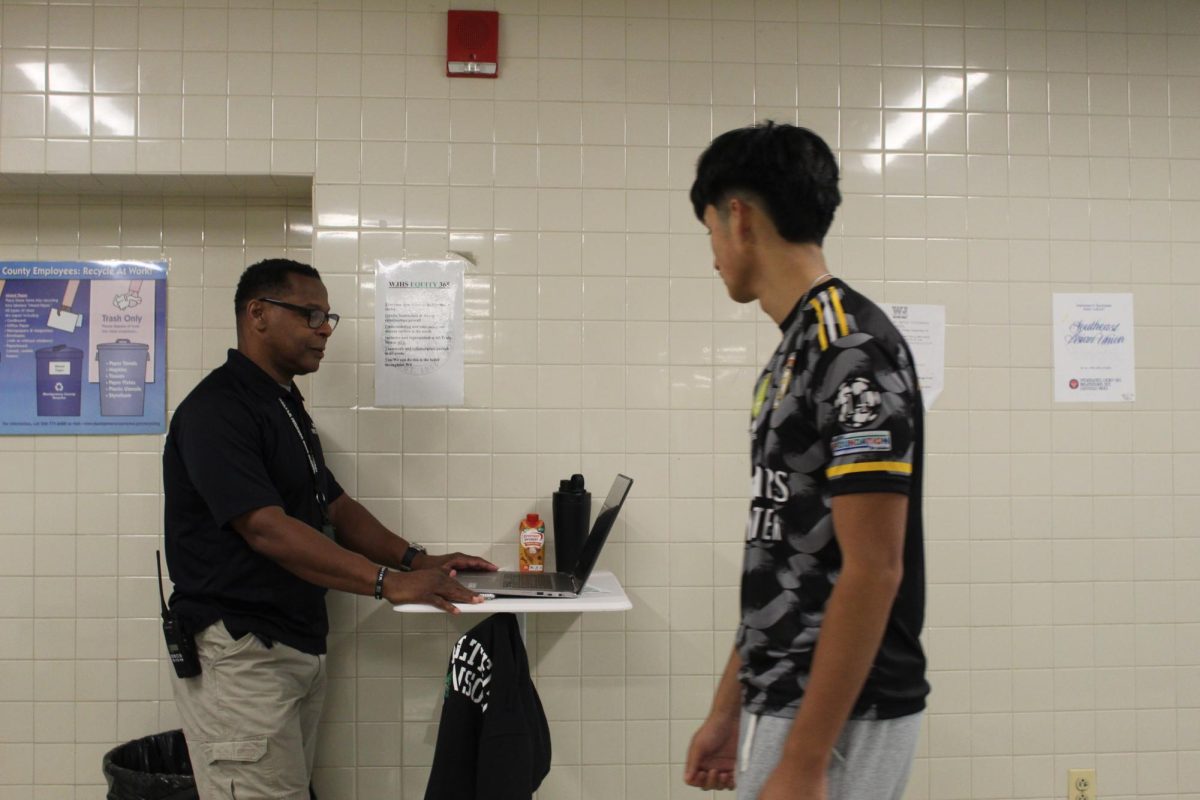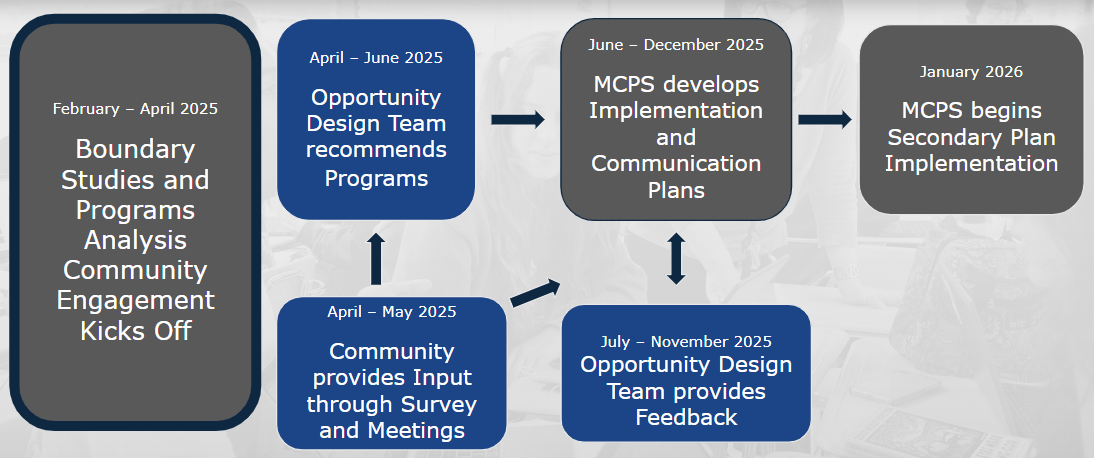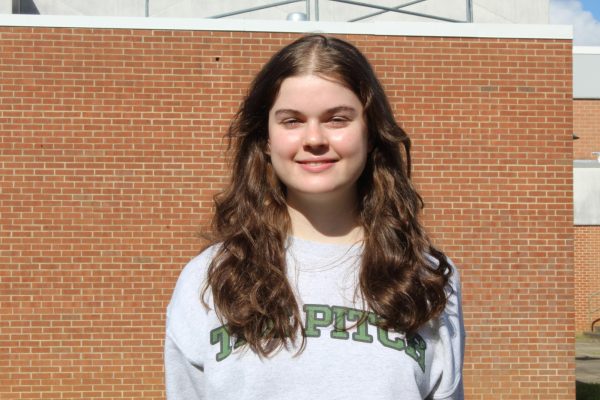A student at the University of Maryland wanting to visit WJ has two options. They could take Interstate-495, which is notorious for its traffic and difficulty. Or if they don’t own a car, they could take public transportation, a journey that would take an hour and a half and make them switch train lines midway through. This problem would be solved permanently by the Purple Line.
The Purple Line is a proposed addition to the D.C. Metro rail lines that will span between Prince George’s County and Montgomery County. The Purple Line will have 21 stops beginning at the Bethesda station of the Red Line and ending at the New Carrollton station on the Orange Line. The Purple Line will also connect to the Maryland Area Rail Commuter (MARC), local bus networks and Amtrak.
Some form of the Purple Line has been discussed for years. The first proposal was in 1994, when architect John J. Corley Jr. imagined “The Beltway Purple Line”, a Metro line that would loop around Washington D.C. However, “The Beltway Purple Line” plans were abandoned in 2001 when it was deemed too costly. A different plan to connect Bethesda and New Carrollton was created, and the modern Purple Line was born.
However, the Purple Line stalled in its planning phase. From 2002 to 2008, there was disagreement about the type of rail it would be and how it would be implemented. $100 million of former Governor Martin O’Malley’s administration’s budget was allocated to finishing the design of the line and getting state approval. In October 2008, a draft environmental impact study concluded that a light rail system would be more effective than a bus or a fixed rail system.
The Purple Line was a contentious project from the start. Petitions to stop the construction of the Purple Line were begun in 2003 by a not-for-profit local organization, Friends of the Capital Crescent Trail since they believed it would destroy the Capital Crescent Trail. Different parties also worked to convince lawmakers to reject the plans, like the Columbia Country Club, which spent thousands lobbying and organizing grassroots opposition. Other concerns such as the environmental impact also slowed down approval of the plans for years. Despite the resistance, the plans were approved in 2015. However, then Governor Larry Hogan opposed the Purple Line, and reduced state funding for the project from $700 million to $168 million and used the difference for highway construction. The Maryland State Government partnered with Purple Line Transit Partners to help build and maintain the Purple Line, but different lawsuits about the environmental impacts of the Purple Line slowed construction for another two years.
In 2020, the Purple Line Transit Partners announced that they were withdrawing their contract, citing overrun costs. The Maryland Department of Transportation agreed to pay $250 million to the company as a settlement and created a new contract with Maryland Transit Solutions. The new firm took over and construction continued in 2021.
The completion date for the Purple Line is now December of 2027, more than five years after the planned date. The budget has also exceeded the $5.6 billion allocated in 2015 to nearly $10 billion in 2024. The Purple Line is expected to have 64,800 daily riders by 2030, and some of them will undoubtedly be WJ students and alumni.


